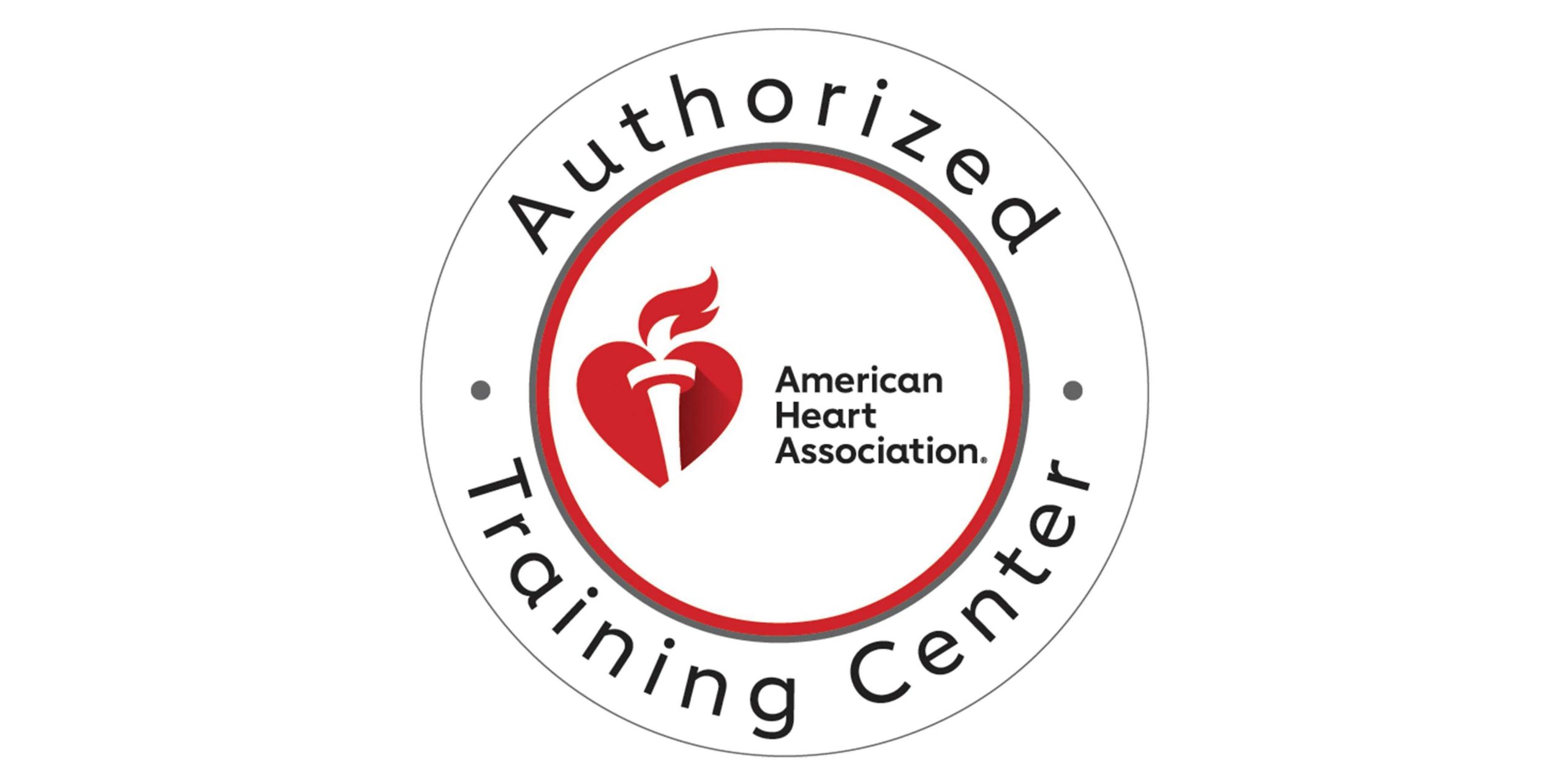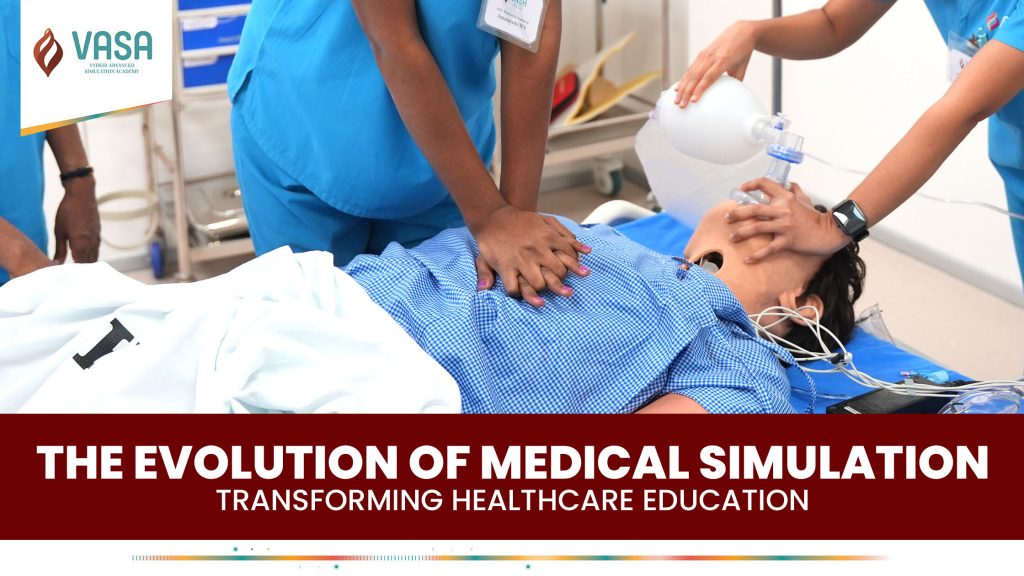In the ever-evolving landscape of healthcare, medical simulation has emerged as a cornerstone of modern medical education. From its rudimentary beginnings to today’s VR-enabled clinical simulation labs, the journey of simulation has been nothing short of revolutionary. In this blog, we explore the history of simulation in healthcare, the transformative milestones in technology, and how simulation continues to shape the next generation of healthcare professionals.
From Models to Mastery: A Brief History of Medical Simulation
The history of simulation can be traced back centuries, with early physicians using clay models and anatomical drawings to study human physiology. However, the early use of simulation in medical education took a major leap in the 18th century with childbirth mannequins like the “Obstetrical Phantom.” These physical models allowed midwives to practice difficult deliveries—marking the beginning of nursing simulation and procedural training outside of real clinical settings.
History of Modeling and Simulation in Healthcare
The history of modeling and simulation progressed rapidly in the 20th century, especially during wartime, where life-like simulators were used for military medical training. These early prototypes laid the groundwork for today’s sophisticated simulation in medical education.
The Birth of Clinical Simulation in Modern Medicine
The modern clinical simulation movement began in the 1960s with the development of Resusci Anne, a CPR training mannequin still used today. This innovation led to the first simulation in healthcare education models designed for repeated practice, enabling learners to develop muscle memory and cognitive readiness.
By the 1980s, simulation in medical education expanded with computer-assisted simulators. This decade witnessed the rise of center medical simulation labs in academic institutions, paving the way for high-fidelity mannequins and full-scale operating room simulators.
The Role of Simulation in Medical Education Today
Today, simulation serves as a bridge between theory and practice. With advancements in AI, machine learning, and VR, the development of simulators in medical education has reached new heights. Learners can now perform surgeries in a virtual medical simulation environment, diagnose conditions with AR overlays, and respond to emergencies in immersive trauma bays—all within a healthcare simulation center.
Types of Simulation in Medical Education
There are several types of simulation in medical education, each tailored to specific learning objectives:
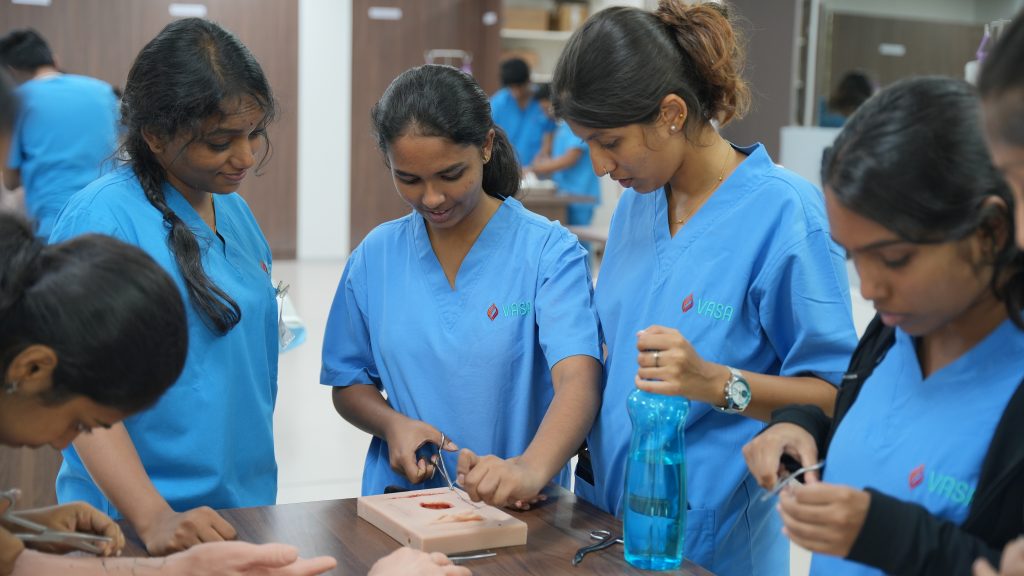
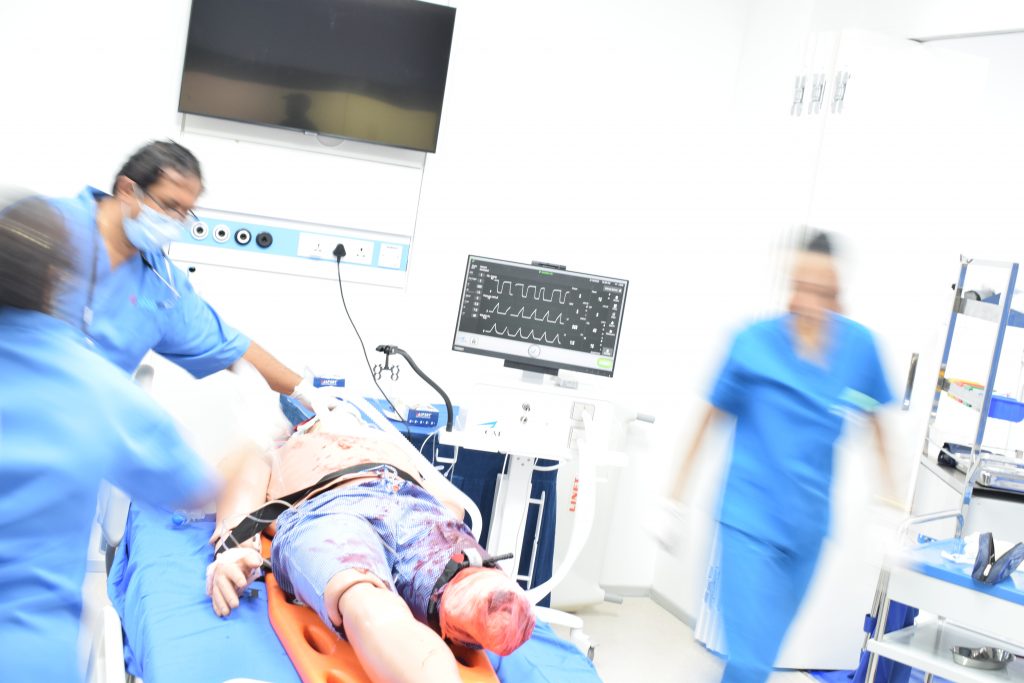
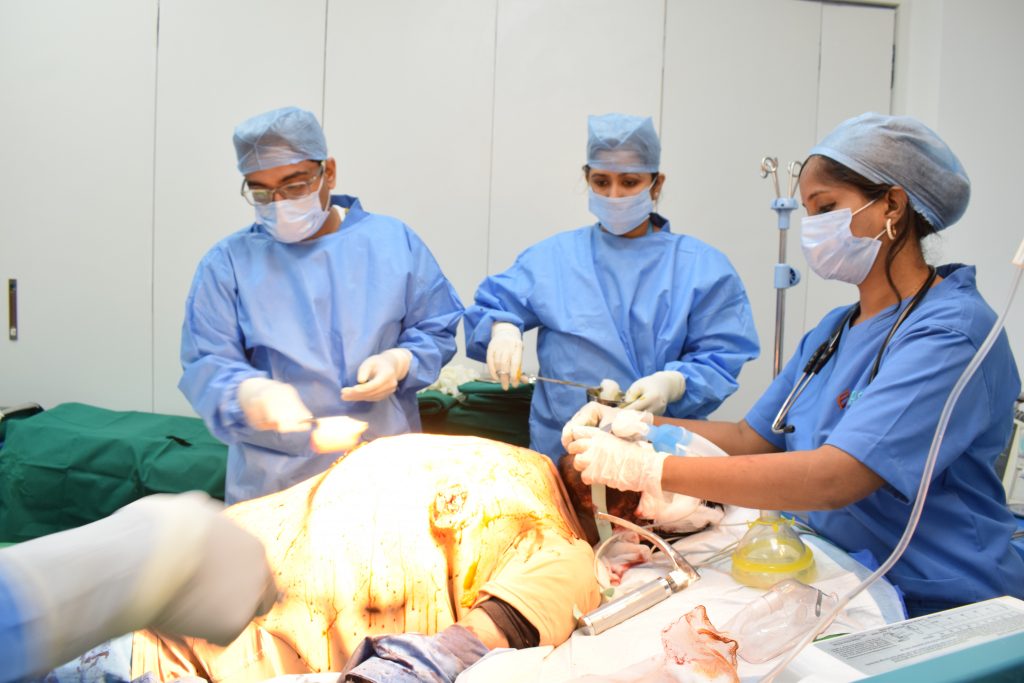
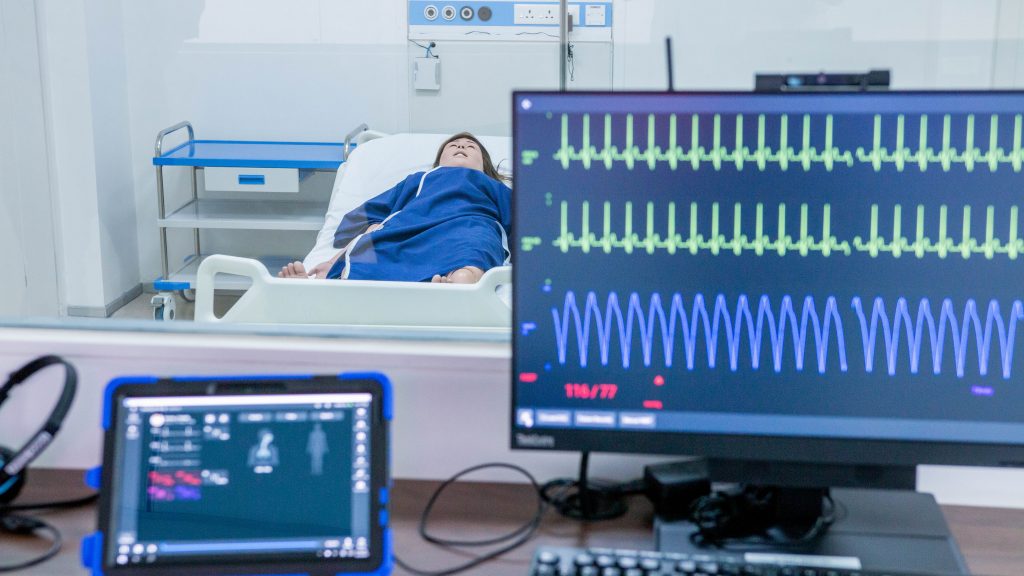
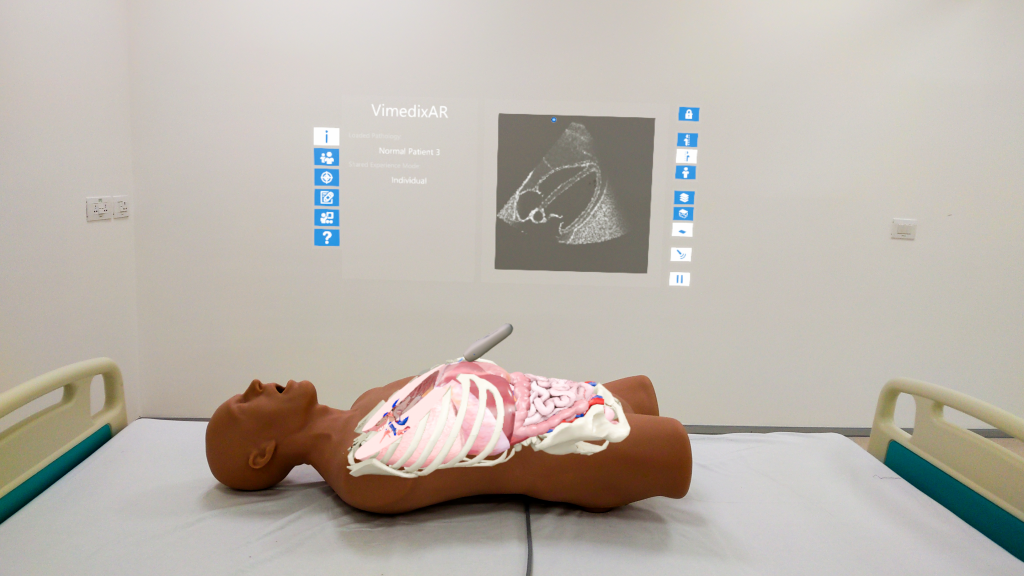
These tools are implemented in specialized environments like a center for healthcare education and simulation, where controlled learning promotes competency without compromising patient safety.
Simulation in Nursing and Allied Health Education
Nursing simulation is one of the most impactful applications of this technology. From handling obstetric emergencies to responding to pediatric codes, simulation empowers nurses to manage complex scenarios before entering real-world practice. Research from the World Health Organization shows simulation-based training significantly improves team coordination and clinical outcomes, particularly in resource-limited settings.
Emerging Trends: The Evolution of Medical Simulation in the 21st Century
The evolution of medical simulation trends has been influenced by the growing demand for patient safety, interprofessional collaboration, and personalized learning. Some notable advancements include:
Medical VR Simulation and Augmented Reality (AR)
Today’s medical simulation training includes AR/VR platforms, enabling learners to interact with 3D organs, visualize disease progression, or rehearse complex procedures like laparoscopic surgeries.
Simulation Centers as Hubs of Innovation
Modern medical simulation centers like the Vydehi Advanced Simulation Academy (VASA) have evolved into comprehensive learning ecosystems. These academies for medical simulations integrate research, mentorship, and hands-on training with immersive tools, creating a safe yet dynamic environment for healthcare professionals.
India’s Growing Investment in Simulation-Based Healthcare Education
In India, organizations such as the National Medical Commission (NMC) and Ministry of Health and Family Welfare are emphasizing simulation-based training in undergraduate and postgraduate medical curricula. The goal is to create a standardized, competency-based approach that prepares students for real-world challenges.
As per the WHO Global Health Workforce Statistics, strengthening healthcare education through simulation is crucial in addressing skill gaps and improving patient outcomes in rapidly growing healthcare markets like India.
Why Simulation Matters: The Future of Medical Education
The evolution and role of simulation in medical education go far beyond skill training. It enables reflective learning, builds confidence, encourages teamwork, and fosters decision-making in pressure situations. Simulation is not just about mimicking real-life—it’s about preparing professionals to respond faster, smarter, and more empathetically.
Conclusion: Simulation is the Future of Healthcare Learning
From its history of simulation in healthcare to the latest medical VR simulation platforms, the transformation of medical training has been profound. Institutions like VASA—a center for healthcare education and simulation—are at the forefront of this revolution. For today’s learners and tomorrow’s leaders, simulation is not an option—it’s an essential.



